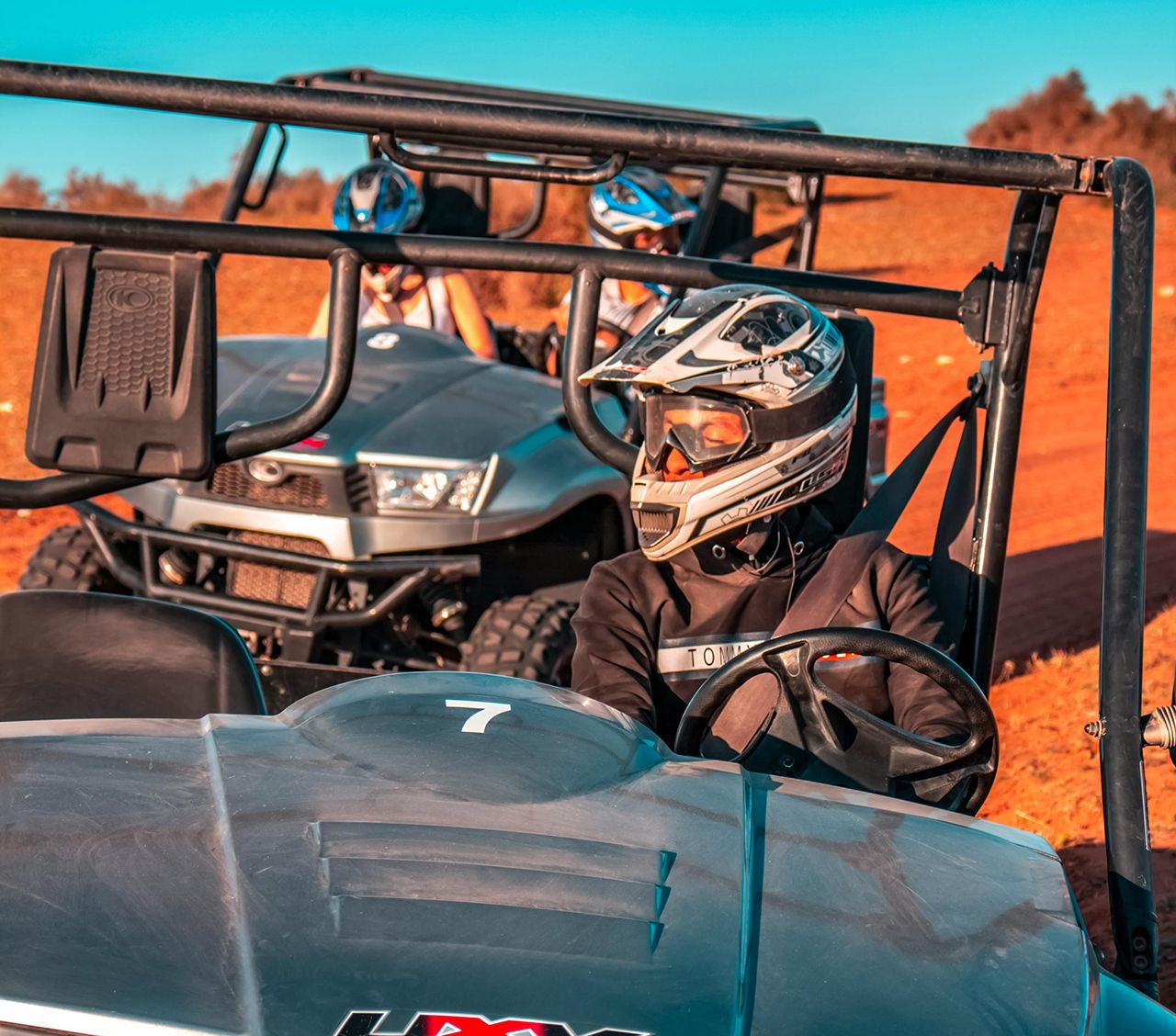Getting started with a Utility Terrain Vehicle (UTV) can be both exciting and daunting for new owners. Foundational knowledge is crucial because it helps prevent accidents, reduces maintenance costs, and boosts overall enjoyment. By focusing on the most common pitfalls, this guide aims to give beginners the confidence to start off on the right track in the world of off-road adventures.

Understanding Basic UTV Beginner Mistakes
When you’re a new UTV owner, it’s easy to underestimate the importance of proper operation, maintenance, and safety. UTVs, also known as side-by-sides, are designed for off-road use and can tackle various terrains—mud, sand, gravel, and more. However, misuse or neglect can lead to costly damages and even dangerous situations. To get a solid foundation, check out this resource on essential UTV basics.
1. Ignoring the Owner’s Manual and Routine Maintenance
One of the biggest oversights is failing to read the manufacturer’s manual. This document outlines specific guidelines for oil changes, tire pressure, and overall upkeep. Skipping these steps can lead to premature wear, engine troubles, and costly repairs.
2. Neglecting Safety Gear
A UTV may look less intimidating than a traditional ATV or dirt bike, but it’s still a powerful machine. Beginners sometimes forget essential safety gear—helmets, goggles, gloves, and seat belts. Proper gear protects you from debris, falls, and collisions, ensuring a safer riding experience.
3. Overestimating Skills and Tackling Difficult Terrain Too Soon
It’s tempting to push your limits right away, but beginners should gradually work their way up to more challenging trails. Jumping into complex or harsh terrains (like rocky passes or deep mud) without mastering basic handling often leads to accidents or getting stuck in precarious spots.
4. Improper Tire Pressure and Weight Distribution
UTVs handle differently based on tire pressure and how weight is distributed in the cargo area or passenger seats. Inexperienced owners may overlook these details, resulting in poor handling and increased risk of rollovers.
5. Skipping Post-Ride Inspections
After an off-road ride, it’s easy to park your UTV without a second thought. But routine checks—such as inspecting for tire damage, loose bolts, or leaking fluids—help you spot minor problems before they become major issues.
Key Concepts and Essential Information for UTV Beginner Mistakes
Mistakes happen, but understanding the underlying causes and best practices can keep you safe and your UTV running smoothly. For additional guidance, explore more UTV resources.
- Routine Maintenance Schedules – Following a set timeline for oil changes, filter replacements, and brake inspections significantly extends the lifespan of your UTV.
- Appropriate Safety Equipment – Helmets, seat belts, harnesses, and sturdy clothing are non-negotiables. Protective gear can mean the difference between a bruise and a trip to the emergency room.
- Graduated Learning Curve – Moving too quickly from beginner-friendly trails to advanced routes is a recipe for trouble. Increase difficulty gradually to boost skills without compromising safety.
- Handling and Stability Factors – Proper tire inflation and balanced weight distribution improve traction and reduce rollover risks, especially when navigating turns or uneven ground.
Getting Started with UTVs: A Beginner’s Guide
For new owners ready to dive in, here’s a straightforward approach to help you master the basics. For more detailed walkthroughs, check out our blog articles for UTV beginners.
- Read the Manual Thoroughly – Before you start your engine, spend some time going through the manufacturer’s manual. Familiarizing yourself with your specific model will help prevent many common mistakes.
- Inspect Your UTV Before Every Ride – A quick walkaround to check tire pressure, fluid levels, and loose components can save you from bigger headaches on the trail.
- Begin with Easy Trails – Gradually increase the difficulty of your routes. As you become more comfortable with turns, slopes, and different terrains, you’ll be better equipped to tackle advanced challenges.
Developing Safe Practices and Essential Habits for New UTV Owners
Safety should be your top priority from day one. Slow, controlled maneuvers on mild terrain allow you to learn your UTV’s handling characteristics without the added stress of steep inclines or deep mud. Always wear protective gear, use caution when carrying cargo, and avoid overcrowding the cab with additional passengers. These habits ensure you maintain control and stay aware of your surroundings.
Seeking Further Knowledge and Professional Guidance on UTV Beginner Mistakes
Sometimes, self-education isn’t enough—especially if you notice significant performance issues or encounter tricky repairs. In these cases, seeking professional guidance for UTV owners can make all the difference. Trained mechanics can spot early warning signs, while experienced instructors can show you advanced handling techniques, helping you get the most out of your investment.
Disclaimer: This information is for general guidance. Always consult your UTV’s manual and qualified professionals for model-specific advice and maintenance recommendations.
Key Takeaways for New UTV Owners
UTVs offer a thrilling off-road experience, but new owners should prioritize a solid understanding of safety measures, regular maintenance, and gradual skill development. By avoiding the most common beginner mistakes—like ignoring proper upkeep, overestimating abilities, and neglecting safety gear—you’ll enjoy smoother rides and longer-lasting performance.
Remember: a bit of preparation goes a long way toward ensuring you get the most out of your UTV. Ride safe, stay informed, and never hesitate to seek expert help if you’re unsure.
